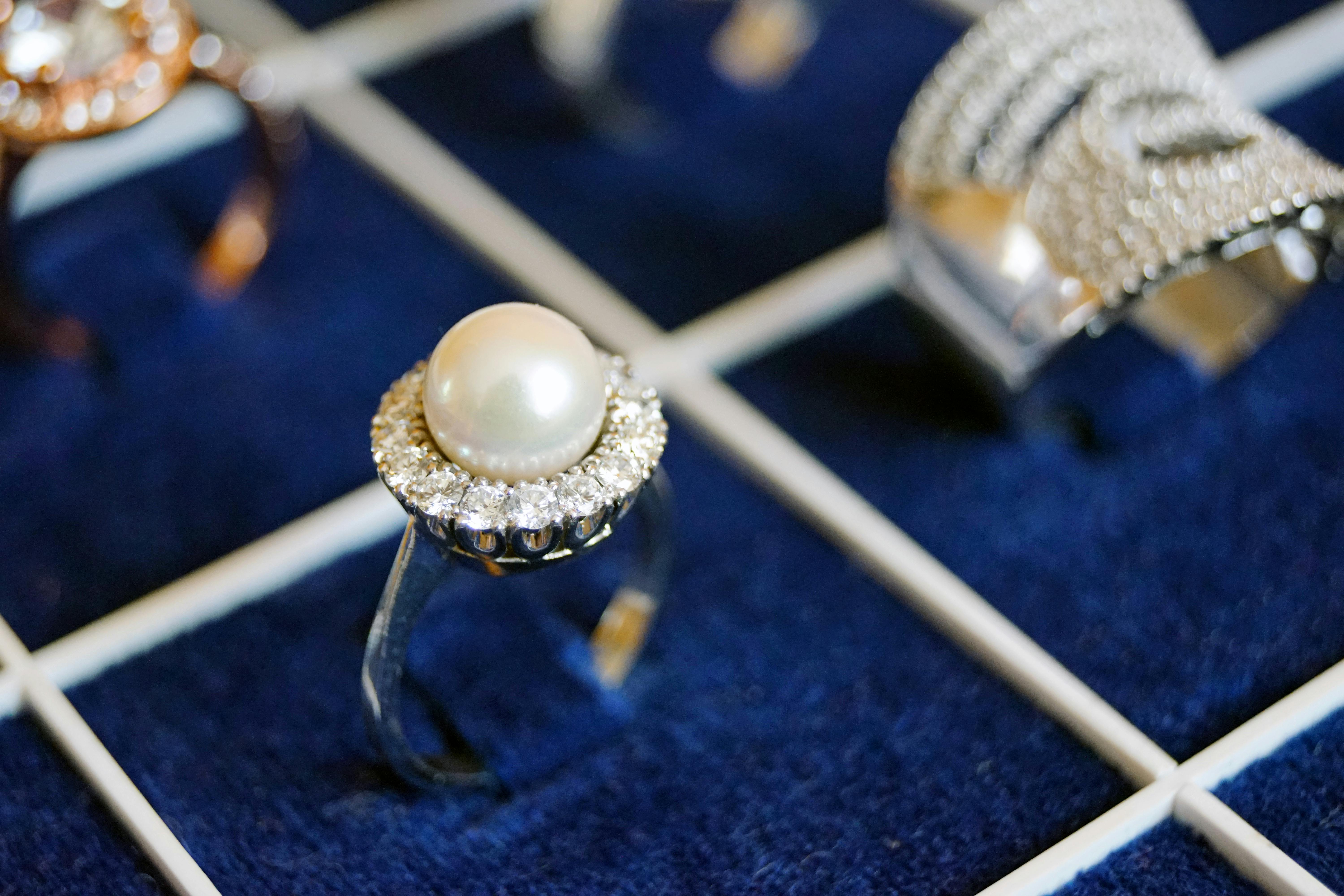Pearls, known as the “tears of the sea”, are loved for their elegance, nobility and mystery. However, the quality of pearls on the market is uneven, and it is difficult to distinguish between real and fake. In order to help you better identify the authenticity of pearls, this article will introduce you to 10 ways to identify genuine pearls.
The surface luster of real pearls is warm and soft, and has a unique iridescent effect, that is, it will appear different colors at different angles. The luster of fake pearls is often too bright, and even has a dazzling feeling, and lacks the delicate changes of real pearls.
2. Check the surface texture
The surface of a real pearl will have some tiny bumps and bumps, which are naturally formed by the pearl as it grows. The surfaces of fake pearls are often very smooth and lack these natural textures.
3. Feel the weight
The density of real pearls is higher, so the same volume of real pearls is heavier than fake pearls. By comparing the weight, the authenticity of the pearl can be preliminarily judged.
4. The friction method
Rub the two pearls together gently, and the real pearl will feel a gritty feeling, while the fake pearl will feel very smooth. This is because the surface of real pearls has tiny textures and bumps, while fake pearls do not.
5. Observe the drilling holes
If the pearl has drilled holes, you can look inside the holes. The drilled interior of a true pearl will usually have some pearly quality, showing a shine and texture similar to the surface of a pearl. The drilled inside of fake pearls is often very smooth and lacks these features.
6. Teeth bite test
Although this method may cause some damage to the pearl, it can be tried if necessary. Real pearls feel a gritty sensation when lightly bitten by teeth, while fake pearls have no such sensation.
7. Magnifying glass examination
The surface features of the pearl can be seen more clearly by using a magnifying glass. The surface of a real pearl will have tiny textures, bumps and depressions, while the surface of a fake pearl is very smooth and lacks these features. In addition, the magnifying glass can also help to observe the color and luster of the pearl, and further judge its authenticity.
8. Ultraviolet radiation
When exposed to ultraviolet light, real pearls will appear a light yellow or blue fluorescent color, while fake pearls may have no fluorescent color, or appear a different color than real pearls. This method requires professional ultraviolet lamps, and pay attention to safety when operating.
9. Hot needle test
Hot needle test is a more professional identification method. Touching the surface of a pearl gently with a hot needle will give off a faint burnt taste, while fake pearls may have no taste or give off a pungent smell of plastic. It should be noted that this method may cause some damage to the pearl, so it is not recommended for non-professionals to try it.
10. Professional institution appraisal
If the above methods can not determine the authenticity of the pearl, or you have higher requirements for the quality of the pearl, you can send it to a professional identification body for identification. These institutions have advanced instruments and professional appraisers, which can conduct comprehensive and accurate identification of the quality, origin and age of pearls.
In a word, it takes some knowledge and skills to distinguish the real pearls from the fake pearls. Through the combination of observing the surface gloss, checking the surface texture, feeling the weight, friction method, observing drilling, teeth biting, magnifying glass examination, ultraviolet radiation, hot needle test and professional identification, we can more accurately determine the authenticity of the pearl. I hope this article will help you in your pearl buying journey.
Post time: May-07-2024

